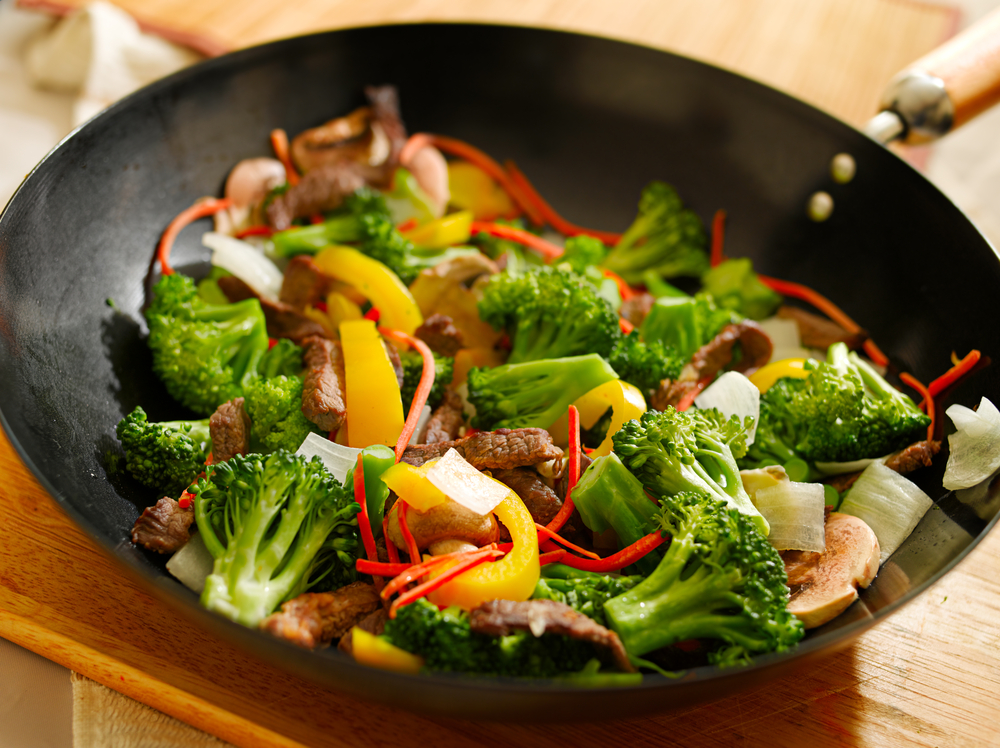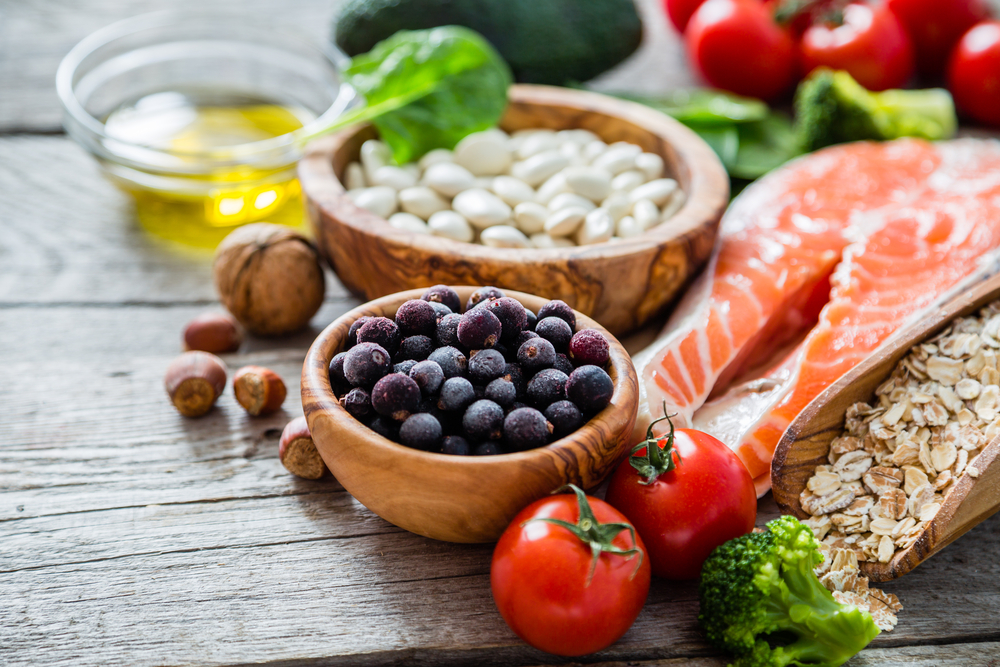With new research highlighting that half of Aussies (50 per cent) are seriously overestimating how much saturated fats can be consumed each day, author, fitness and nutrition coach, Luke Hines has shared his tips on how to make better choices for our heart health.

New data from the number one global nutrition and food tracking app, MyFitnessPal revealed that while two thirds (64 per cent) of Australians actively want to reduce their consumption of saturated fats, a whopping 56 per cent are unaware of how much they’re currently consuming , or admit to not considering their intake at all.
Despite Aussies best intentions to reduce their intake, the real quantity of saturated fats are often hidden in popular foods, particularly meat and full cream dairy products. According to The Heart Foundation1, Aussies are recommended to consume no more than 10 per cent of their daily nutrition in saturated fats. With heart disease remaining a leading cause of death, avoiding saturated fats, which can increase cholesterol (a risk factor for heart disease), is one small way to help protect heart health.
“While it’s unrealistic and not recommended to completely cut fats out of our diets, there are some simple steps you can take to help reduce your consumption of hidden saturated fats. As most Aussies are unsure about how much they are consuming daily, the first step is to better monitor your daily intake and make easy swaps that can naturally limit your consumption of saturated fats.” says MyFitnessPal ambassador, author and fitness coach Luke Hines.
Here Luke provides his top tips for how to cut back on saturated fats.
Track your consumption of saturated fats
First and foremost, the most important and effective way to manage your saturated-fats intake is to track how much you’re consuming. It’s difficult to make any real changes until you understand how much you’re eating. You may do this by checking the labels and measuring ingredients, or opt to use MyFitnessPal, which does the tracking and calculations for you, for free.
Choose the right cooking oil
Different cooking oils provide varying amounts of saturated fat, MUFA (Monounsaturated fatty acids) and PUFA (polyunsaturated fatty acids), plus they impart different flavours and aroma to your food. To limit your saturated fat consumption, choose olive oil (for low-heat cooking) and canola oil (for high-heat cooking). Olive oil provides valuable MUFA and omega-6 fats, with canola also providing a good amount of omega-3 fats.
Cut back on meat and dairy products
Meat and dairy certainly have a role in any balanced diet, but they shouldn’t make up the majority of your daily intake since they are rich in saturated fat. Enjoy them in moderation along with plenty of whole grains, vegetables and fruit.
Make healthy food swaps
Foods and beverages with saturated fats can still be enjoyed in moderation. What matters is that you opt for smaller portions and consider having them less often. Some of the easy swaps you can make for a more balanced diet include:
• Replace some of the meat or poultry in your taco recipe with fish, beans, or other vegetables.
• Use less meat and more vegetables to make a stir fry cooked with a small amount of oil.
• Limit desserts to special occasions and opt for dairy-free versions where possible.
Aussies can also track their saturated fat intake for free, by downloading MyFitnessPal on Apple, Google and other android platforms.
1Dietary fat & Heart Healthy Eating, Dietary Position Statement, The Heart Foundation
About MyFitnessPal
MyFitnessPal is the #1 global nutrition and food tracking app for achieving health goals, especially weight management. Since 2005, MyFitnessPal has empowered over 200 million users in over 120 countries to improve their health by tracking their food, recording exercise activity, and logging their weight. As one of the world’s most trusted resources on nutrition, MyFitnessPal’s mission is to help people around the world reach their health goals through better food choices by providing knowledge, motivation and a sense of progress. With one of the largest food databases in the world comprising over 19 million foods, access to over 500 recipes, more than 50 workout routines and exercise demos, and over 40 connected fitness partners, MyFitnessPal provides users with tools for positive healthy change.









